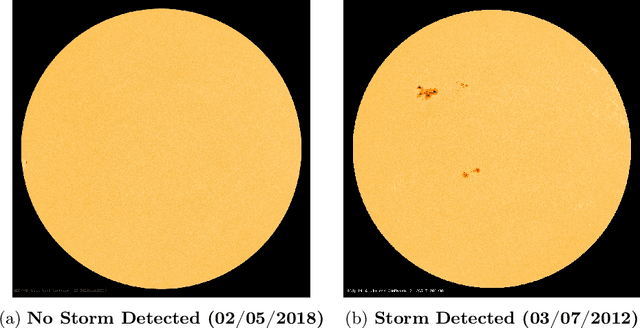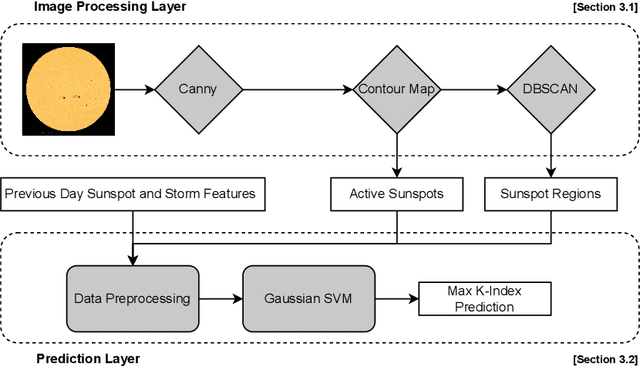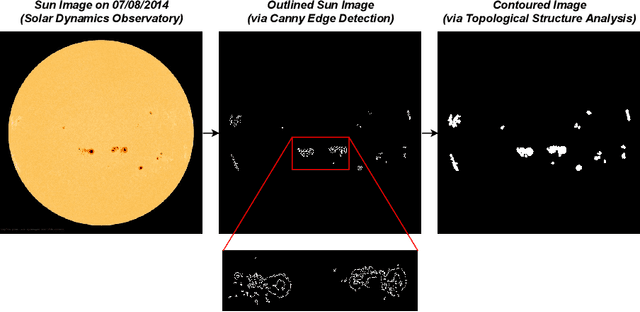Kyle Domico
Adversarial Agents: Black-Box Evasion Attacks with Reinforcement Learning
Mar 03, 2025Abstract:Reinforcement learning (RL) offers powerful techniques for solving complex sequential decision-making tasks from experience. In this paper, we demonstrate how RL can be applied to adversarial machine learning (AML) to develop a new class of attacks that learn to generate adversarial examples: inputs designed to fool machine learning models. Unlike traditional AML methods that craft adversarial examples independently, our RL-based approach retains and exploits past attack experience to improve future attacks. We formulate adversarial example generation as a Markov Decision Process and evaluate RL's ability to (a) learn effective and efficient attack strategies and (b) compete with state-of-the-art AML. On CIFAR-10, our agent increases the success rate of adversarial examples by 19.4% and decreases the median number of victim model queries per adversarial example by 53.2% from the start to the end of training. In a head-to-head comparison with a state-of-the-art image attack, SquareAttack, our approach enables an adversary to generate adversarial examples with 13.1% more success after 5000 episodes of training. From a security perspective, this work demonstrates a powerful new attack vector that uses RL to attack ML models efficiently and at scale.
The Efficacy of Transformer-based Adversarial Attacks in Security Domains
Oct 17, 2023Abstract:Today, the security of many domains rely on the use of Machine Learning to detect threats, identify vulnerabilities, and safeguard systems from attacks. Recently, transformer architectures have improved the state-of-the-art performance on a wide range of tasks such as malware detection and network intrusion detection. But, before abandoning current approaches to transformers, it is crucial to understand their properties and implications on cybersecurity applications. In this paper, we evaluate the robustness of transformers to adversarial samples for system defenders (i.e., resiliency to adversarial perturbations generated on different types of architectures) and their adversarial strength for system attackers (i.e., transferability of adversarial samples generated by transformers to other target models). To that effect, we first fine-tune a set of pre-trained transformer, Convolutional Neural Network (CNN), and hybrid (an ensemble of transformer and CNN) models to solve different downstream image-based tasks. Then, we use an attack algorithm to craft 19,367 adversarial examples on each model for each task. The transferability of these adversarial examples is measured by evaluating each set on other models to determine which models offer more adversarial strength, and consequently, more robustness against these attacks. We find that the adversarial examples crafted on transformers offer the highest transferability rate (i.e., 25.7% higher than the average) onto other models. Similarly, adversarial examples crafted on other models have the lowest rate of transferability (i.e., 56.7% lower than the average) onto transformers. Our work emphasizes the importance of studying transformer architectures for attacking and defending models in security domains, and suggests using them as the primary architecture in transfer attack settings.
A Machine Learning and Computer Vision Approach to Geomagnetic Storm Forecasting
Apr 04, 2022



Abstract:Geomagnetic storms, disturbances of Earth's magnetosphere caused by masses of charged particles being emitted from the Sun, are an uncontrollable threat to modern technology. Notably, they have the potential to damage satellites and cause instability in power grids on Earth, among other disasters. They result from high sun activity, which are induced from cool areas on the Sun known as sunspots. Forecasting the storms to prevent disasters requires an understanding of how and when they will occur. However, current prediction methods at the National Oceanic and Atmospheric Administration (NOAA) are limited in that they depend on expensive solar wind spacecraft and a global-scale magnetometer sensor network. In this paper, we introduce a novel machine learning and computer vision approach to accurately forecast geomagnetic storms without the need of such costly physical measurements. Our approach extracts features from images of the Sun to establish correlations between sunspots and geomagnetic storm classification and is competitive with NOAA's predictions. Indeed, our prediction achieves a 76% storm classification accuracy. This paper serves as an existence proof that machine learning and computer vision techniques provide an effective means for augmenting and improving existing geomagnetic storm forecasting methods.
 Add to Chrome
Add to Chrome Add to Firefox
Add to Firefox Add to Edge
Add to Edge